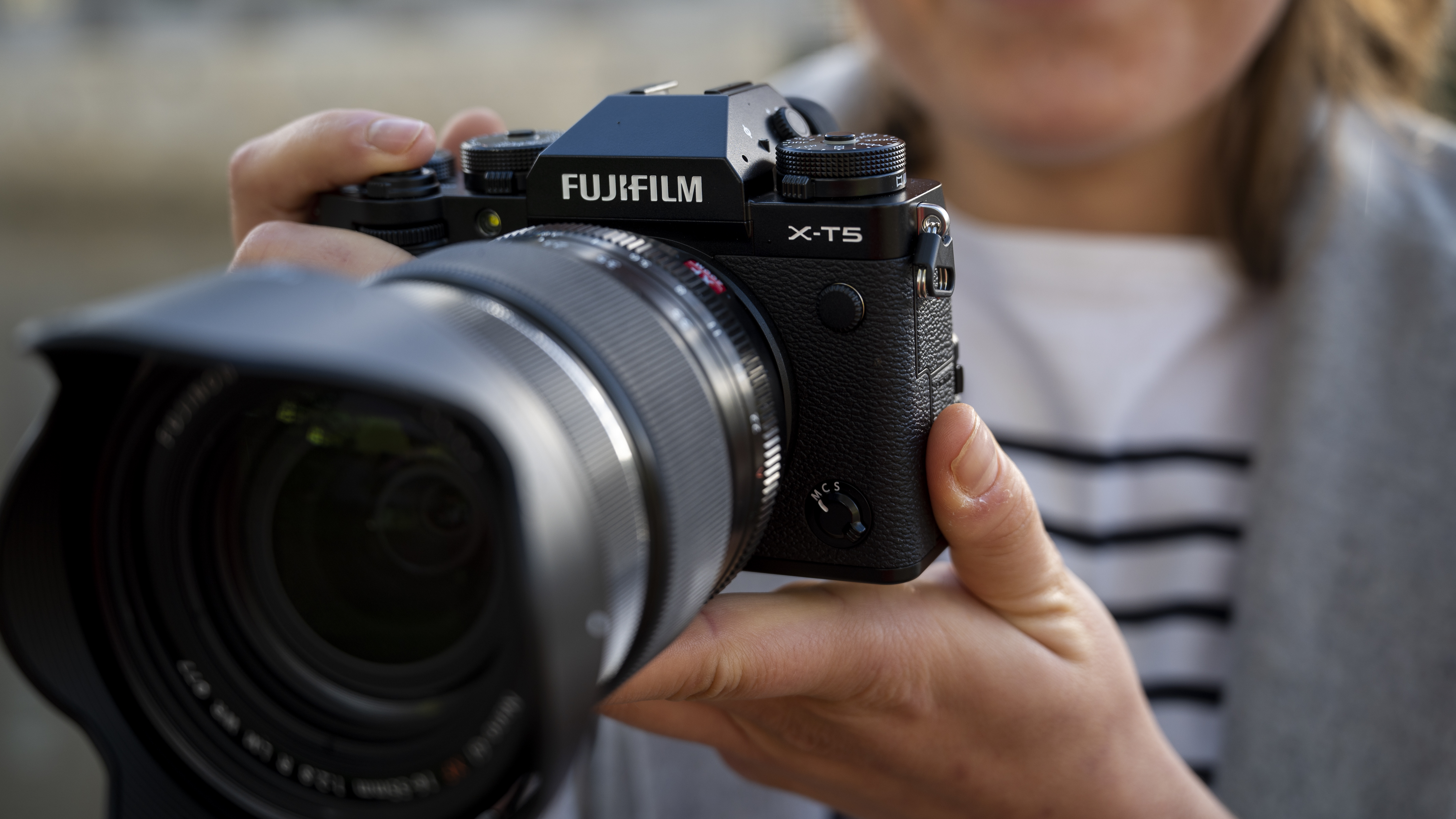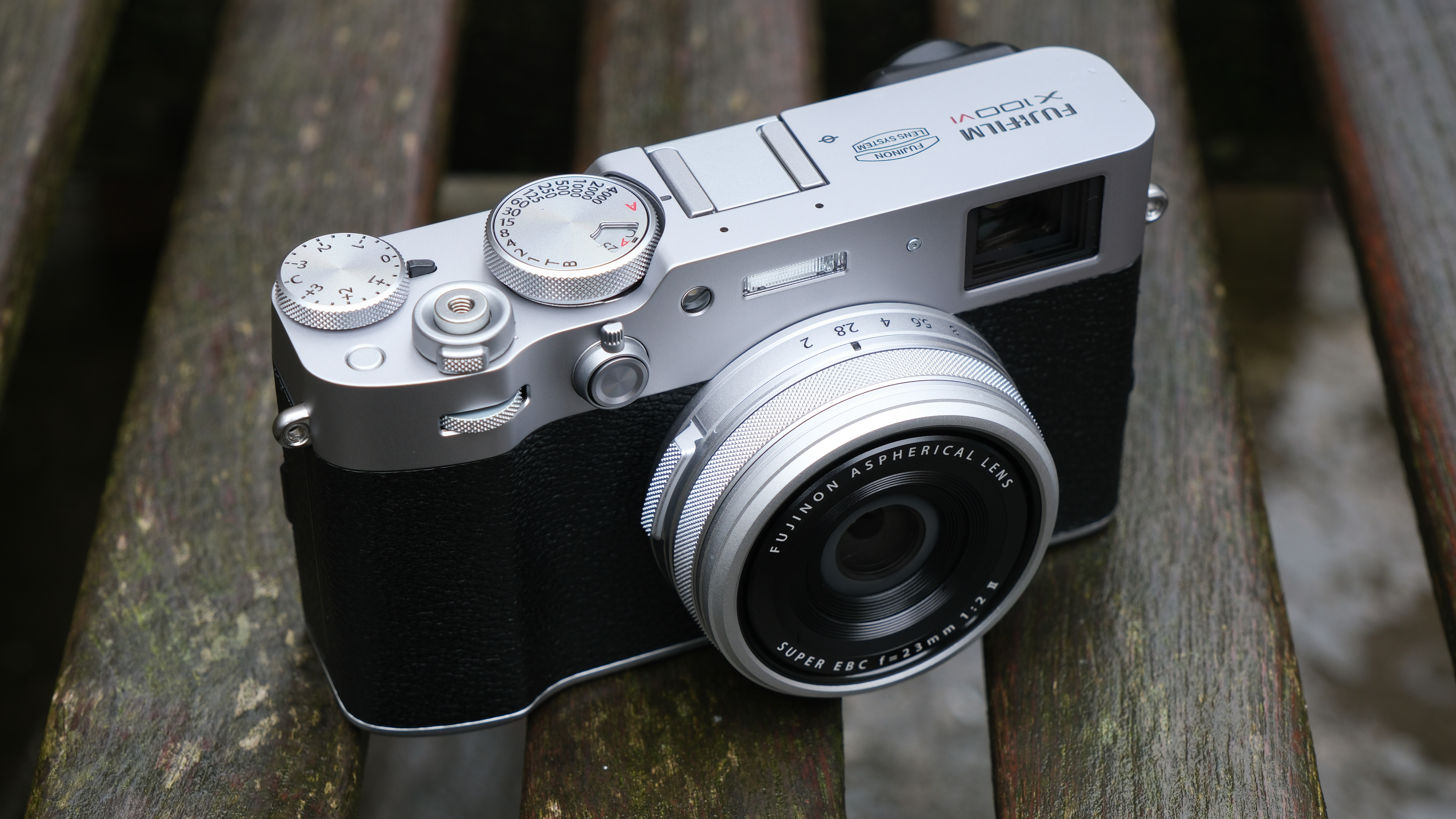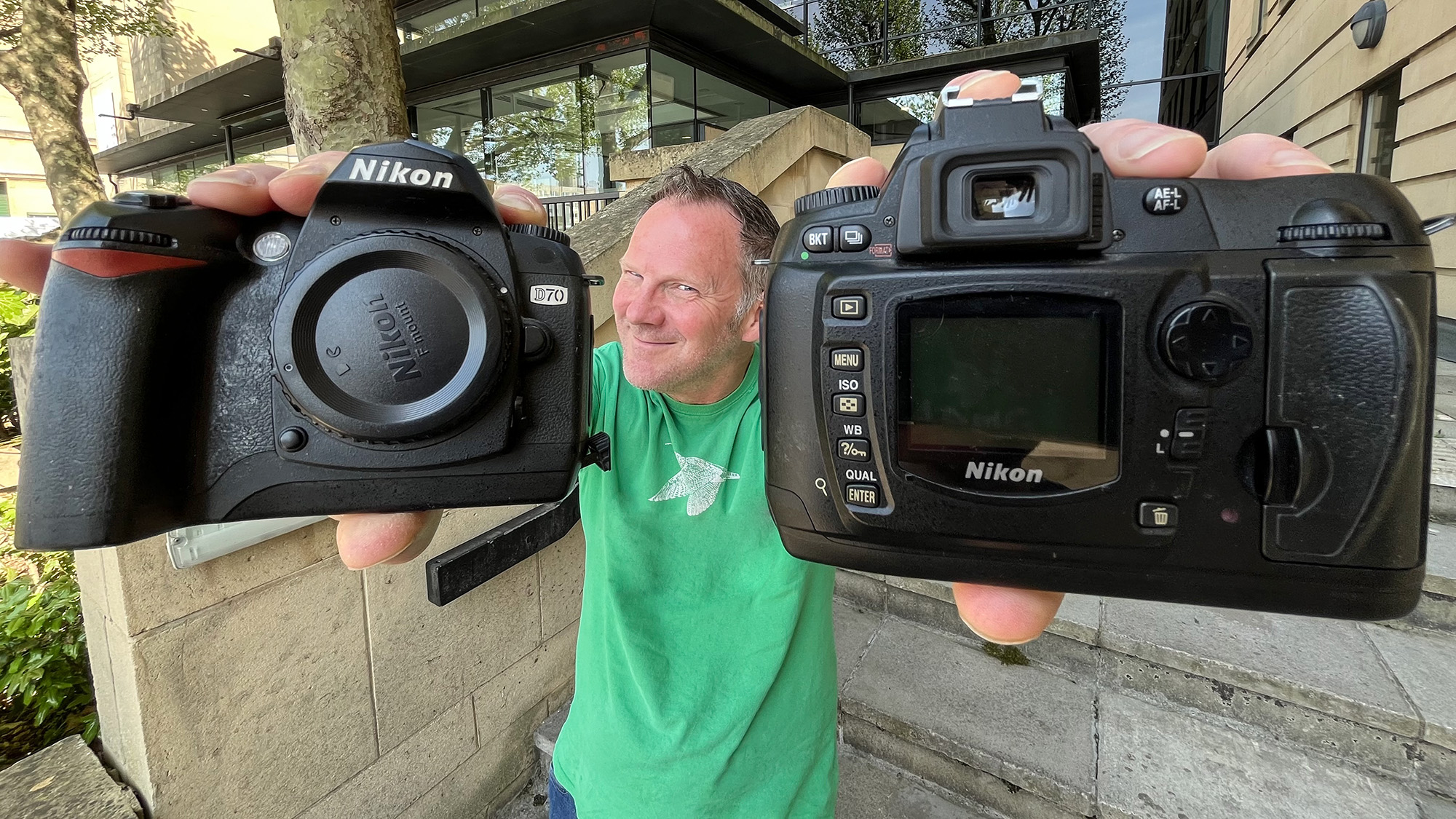Fujifilm X series cameras are becoming increasingly hard to find. Should photographers be worried?
Trends and tariffs are mixing to make some Fujifilm X series cameras hard to find in the US

When I traded in my DSLR for a Fujifilm X Series camera, the decision wasn't made lightly – in fact, I rented several options before falling in love with the Fujifilm system. But when I made the switch several years ago, I couldn’t have anticipated that Fujifilm would suddenly become trendy. Or that a mix of trends and tariffs would make the cameras hard to find. Now, I’m looking at a Fujifilm US website that only lists three different X series camera models in stock – and I’m becoming increasingly worried.
Currently, the US Fujifilm website only lists three models in stock: the X-S20, the X-T5, and the X-H2S. In comparison, Fujifilm’s UK website has six body-only X Series cameras listed as in stock.
Thankfully, US availability looks a little better at some of the major retailers, with Adorama and B&H also listing the X-T50 and X-H2 in stock. Finding the X100VI remains exceptionally hard, while the X-M5 is similarly hard to find. (Looking at the medium format GFX series, not a single body is listed as in stock on Fujifilm’s US website currently, but the UK lists one body and GFX100RF pre-orders).
Fujifilm is facing what’s probably the perfect storm, a mix of trends and tariffs that I suspect are combining to create stock issues in the US. First, the X100 series went viral on social media, and some of Fujifilm’s mirrorless bodies seemed to follow suit as X100VI alternatives. And then, the tariffs came.
Japan, where Fujifilm's headquarters are located, is facing a ten percent tariff currently. But China is facing a 145 percent tariff on imports to the US. When trends made the X100 series hard to find, Fujifilm expanded production in China to keep up with demand. Fujifilm doesn’t typically comment on where its cameras are made, but an interview points to the X100VI being made in China, and several Reddit users report a “made in China” label on the X-T5 as well as other models.

A 145 percent tariff on cameras just isn’t sustainable. As much as I love my Fujifilm camera, I wouldn’t pay the $1,700 list price of the X-T5 plus a 145 percent tariff. If the entirety of that 145 percent is passed on to the customer, that would be an additional $2,465 for a total of $4,165. Of course, import taxes are more complicated than that, and sometimes companies absorb some of the import costs, so those numbers are just math and speculation. Fujifilm has paused pre-orders on some camera models, and a recently announced Instax camera is more expensive in the US than its predecessor. But Fujifilm has not yet made any comment about whether or not prices are changing.
As an American Fujifilm photographer, I’m worried that my next camera purchase is going to look far different than my last one. The two brands in my camera bag right now are Fujifilm and DJI, one of which has become so trendy it's hard to find, the other that could be banned entirely pending a national security evaluation. Both could be facing some significantly higher import taxes. (I sure do know how to pick ‘em, huh?)
Get the Digital Camera World Newsletter
The best camera deals, reviews, product advice, and unmissable photography news, direct to your inbox!
While I’m worried about what my next camera purchase will look like, I’m not panic buying. My two X-T4s are working just fine. I usually don’t buy a new camera every time the latest model is released, skipping a model or two in between, so I’m holding out for the X-T6 or perhaps the X-H3. Stress buying a fancy cup of coffee is one thing, but I’m not stress buying a four-figure item. Photographers who already had an update on their radar may want to consider getting ahead of the tariffs, but I'm not going to push for an update a year before I had planned.
The news around the tariffs is constantly changing, and it seems entirely possible that what’s true right now may not be in place six months or a year from now. After all, many people panic-bought iPhones, and then smartphones were excluded from the highest tariffs. President Donald Trump has recently made comments indicating that the Chinese tariff rate will "come down substantially."
Am I worried about what my next camera purchase may look like? Absolutely. Changing camera systems is an expensive decision that requires replacing lenses and flashes. It’s a decision I hope that I won’t be driven to due to supply issues.
Fujifilm has paused pre-orders on some models and appears to be waiting for the tariff negotiations to settle. I'm going to take a deep breath and do the same thing. I need to de-stress by taking photos, not by panic buying a new camera right now.
You may also like
Browse the best Fujifilm cameras or the best Fujifilm lenses, or stay up to date on the impact of tariffs on the camera industry with our live blog.

With more than a decade of experience reviewing and writing about cameras and technology, Hillary K. Grigonis leads the US coverage for Digital Camera World. Her work has appeared in Business Insider, Digital Trends, Pocket-lint, Rangefinder, The Phoblographer and more.
You must confirm your public display name before commenting
Please logout and then login again, you will then be prompted to enter your display name.
